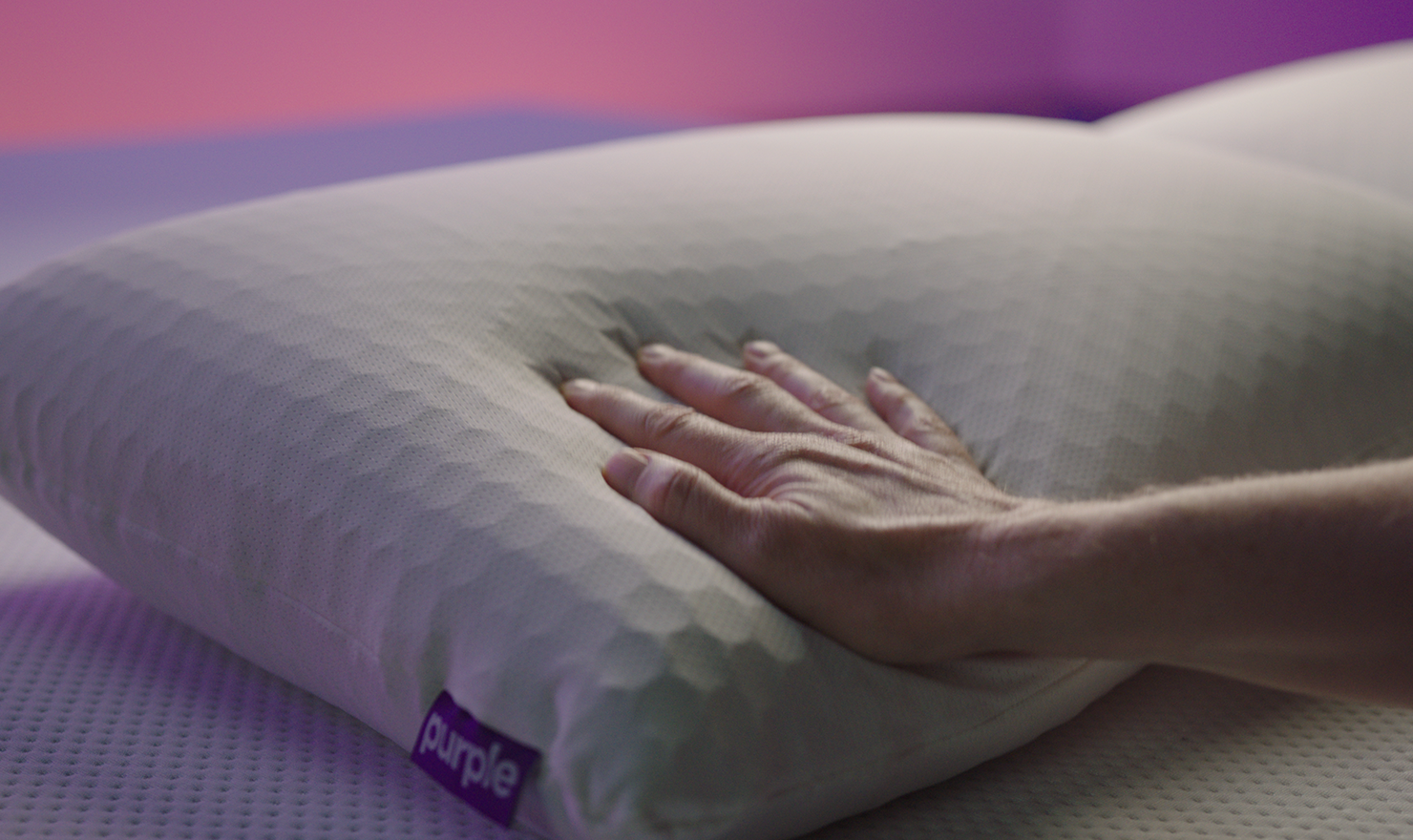Lightweight Cooling Comforter | Slumber Cloud® – Slumber Cloud
Your new everyday comforter. Ideal for keeping your nights cooler, but still warm enough for cozy winters. With NASA-approved temperature regulating technology this is perfect for those in warmer climates, or those who just prefer a lighter cover.
This year-round lightweight comforter is ideal for people who sleep hot but also want cooling technology built into a comforter. The premium fiberfill is designed to control the microclimate under your covers.
- Hypoallergenic, patented ClimaDry™ by Outlast fiberfill provides a down-like feel while regulating heat and moisture as you sleep
- 300 thread count, 100% cotton outer cover for soft, breathable comfort
- Okeo-Tex Standard 100 Certified Technology
Outlast® technology is a unique material capable of maintaining and regulating your temperature. As your skin temperature increases, the technology absorbs heat, then releases it when your skin temperature drops, so you sleep “just right.”
ClimaDry™ down alternative fiberfill improves the microclimate of your bed to reduce heat and humidity build up for a more comfortable night’s sleep.
Anyone looking for a more comfortable night’s sleep – they’ll sleep cooler!
Women experiencing menopause – hot flashes and resulting night sweats are reduced so they sleep cooler and drier.
Thermally incompatible couples – individuals sleep at their own ideal temperature
The thoughtfulness is in the details.
It doesn’t stop at thread count. It’s the little things, the thoughtful details, that make our products the best available.






by Mary
Like the lightweight and the way it lays nice and flat on my bed – not bulky and messy. It’s not quite warm enough for my husband (MN winters!), but I’m a warm sleeper so for me it’s perfect. An extra blanket for him!
by Elizabeth
Very pleased.
by Mark
First thing I noticed is the quality of the product. First nights sleep I never got hot or sweated. We have a Latex mattress which can get hot, which is one of the reasons I purchased the Cumulus Comforter.
by Anna
Best duvet comforter ever!!! We have the lightweight cumulus and have never been more satisfied with how comfortable we are at night! Def recommend!
by Lesley
perfect size for my Cal King and just the right amount of warmth.